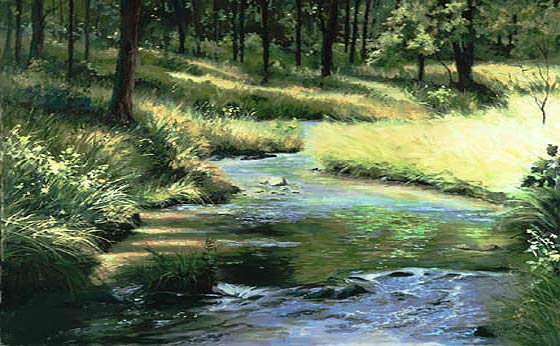Water is one of your most urgent needs in a survival situation. You can’ t live long without it, especially in hot areas where you lose water rapidly through perspiration. Even in cold areas, you need a minimum of 2 liters of water each day to maintain efficiency.
More than three-fourths of your body is composed of fluids. Your body loses fluid as a result of heat, cold, stress, and exertion. To function effectively, you must replace the fluid your body loses. So, one of your first goals is to obtain an adequate supply of water.
WATER SOURCES
Almost any environment has water present to some degree.
Environment: Frigid areas
Source: Snow and Ice
Method: Melt and purify. Do not eat without melting. Eating snow and ice can reduce body temperature and will lead to more dehydration. Snow and ice are no purer than the water they came from. Sea ice that is gray in color or opaque is salty. Do not use it without desalting it. Sea ice that is crystalline with a bluish cast has little salt in it.Environment: At sea
Source: Sea
Method: Use desalter kit. Do not drink seawater without desalting.Source: Rain
Method: Catch rain in tarps or other water holding material or containers.Environment: Beach
Source: Ground
Method: Dig hole deep enough to allow water to seep in. Obtain rocks, build fire, and heat rocks. Drop hot rocks in water, hold cloth over hole to absorb steam, wring water from cloth.
Method: If container is available, fill container with seawater, build fire and boil water to produce steam, hold cloth over container to absorb steam, wring water from cloth.Environment: Desert
Source: Ground
In valleys and low areas.
At foot of concave banks of dry river beds.
At foot of cliffs or rock outcrops.
At first depression behind first sand dune of dry desert lakes.
Wherever you find damp surface sand.
Wherever you find green vegetation.
Method: Dig holes deep enough to allow water to seep in. In a sand dune belt, any water will be found beneath the original valley floor at the edge of the dunes.Source: Cacti
Method: Cut off the top of a barrel cactus and mash or squeeze the pulp. Do not eat the pulp. Place in mouth, suck out juice, and discard pulp. Without a machete cutting into a cactus is difficult.Source: Depressions or holes in rocks
Method: Periodic rainfall may collect in pools, seep into fissures, or collect in holes in rocks.Source: Fissures in rock
Method: Insert flexible tubing and siphon water.Source: Condensation on metal
Method: Use cloth to absorb water, then wring water from the cloth. Extreme temperature variations between night and day may cause condensation on metal surfaces.Signs to watch for in the desert to help you find water:
All trails lead to water. You should follow in the direction in which the trails converge. Signs of camps, animal droppings, and trampled terrain may mark trails.
Flocks of birds will circle over water holes. Some birds fly to water holes at dawn and sunset. Their flight at these times are generally fast and close to the ground. Bird tracks or chirping sounds in the evening or early morning sometimes indicate that water is nearby.
Water procurement information was gleaned from the US Army FM 21-76 Survival Manual.
If you enjoyed this, or topics of survival preparedness or current events risk awareness,
check out our homepage articles…
http://feedproxy.google.com/~r/ModernSurvivalBlog/~3/6GwKJ5bDazM/

No comments:
Post a Comment
Note: only a member of this blog may post a comment.